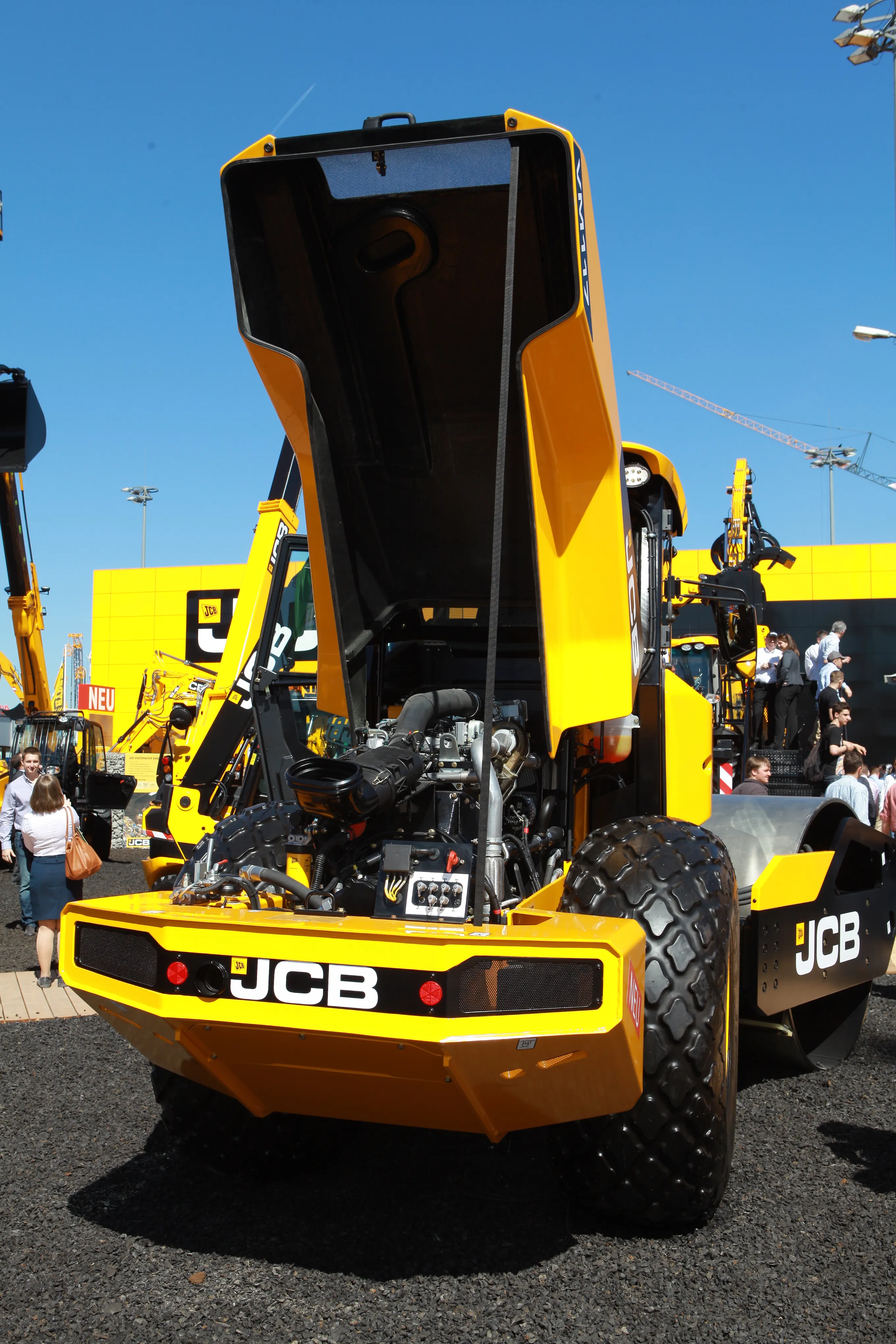German company Atlas Maschinen and Finnish group Mantsinen have formed a new strategic partnership that will include technical cooperation covering the manufacturing of hydraulic material-handling machines and R&D.
Atlas has its head office in Delmenhorst and plants in Ganderkesee and Vechta, while Mantsinen’s principal place of business is in Ylämylly, Finland.
January 6, 2017
Read time: 2 mins

German company 2346 Atlas Maschinen and Finnish group 7290 Mantsinen have formed a new strategic partnership that will include technical cooperation covering the manufacturing of hydraulic material-handling machines and R&D.
Atlas has its head office in Delmenhorst and plants in Ganderkesee and Vechta, while Mantsinen’s principal place of business is in Ylämylly, Finland.
The aim of this cooperation is to enhance and complete the product offering of both companies, which will continue sales through their existing distribution channels.
Fil Filipov, owner and chairman of Atlas Maschinen said, “This is a natural fit for our business on many levels. Our existing customers have increasing needs for larger high-quality material-handling machines and there’s a further fit with our engineers and the technology the Mantsinen equipment utilises.
“The concept of Mantsinen hydraulic material handlers is perfect for the needs of our customers. It offers a viable, quick and cost-effective alternative to traditional mobile cranes with rope. In addition, this cooperation strengthens further our offering of electric-powered machines.”
Mantsinen Group managing director Martti Toivanen said, “We are delighted to have this cooperation with Atlas. Its knowledge, presence and reputation in the machinery industry is impressive, as is the control over its design, R&D and manufacturing.”2 Internal <?xml version="1.0" encoding="utf-16"?><dictionary /> 2 11560 0 oLinkInternal <span class="oLinkInternal"><span class="oLinkInternal">View more videos</span></span> Video false /event-news/bauma-2013/video/ true false %>
Atlas has its head office in Delmenhorst and plants in Ganderkesee and Vechta, while Mantsinen’s principal place of business is in Ylämylly, Finland.
The aim of this cooperation is to enhance and complete the product offering of both companies, which will continue sales through their existing distribution channels.
Fil Filipov, owner and chairman of Atlas Maschinen said, “This is a natural fit for our business on many levels. Our existing customers have increasing needs for larger high-quality material-handling machines and there’s a further fit with our engineers and the technology the Mantsinen equipment utilises.
“The concept of Mantsinen hydraulic material handlers is perfect for the needs of our customers. It offers a viable, quick and cost-effective alternative to traditional mobile cranes with rope. In addition, this cooperation strengthens further our offering of electric-powered machines.”
Mantsinen Group managing director Martti Toivanen said, “We are delighted to have this cooperation with Atlas. Its knowledge, presence and reputation in the machinery industry is impressive, as is the control over its design, R&D and manufacturing.”
Stand: F7.710/711
%$Linker:
%$Linker:






